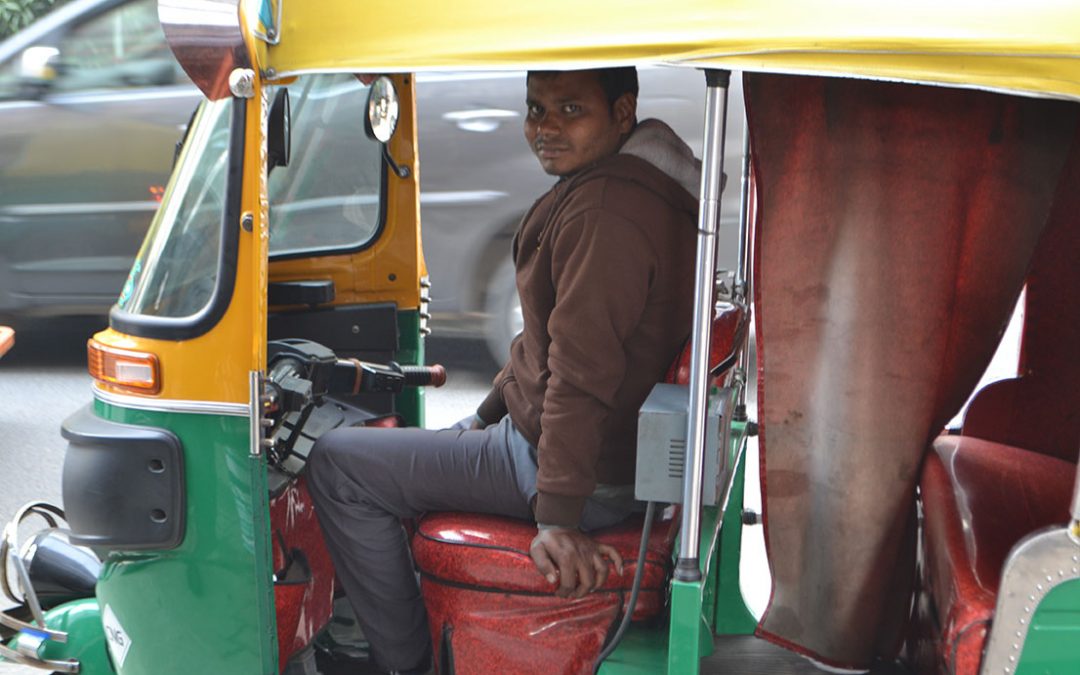By Nancy Weingartner
When it comes to food on demand, the U.S. is behind the developing world, but with the plethora of new companies jumping on the bandwagon, we’re doing our best to catch up.
In Dubai, for instance, “you can get a single item delivered to you, essentially anything you want: sushi, burgers, shawarma,” said Fred LeFranc, CEO of Results thru Strategy, a foodservice consultancy based in Charlotte, North Carolina. The additional cost is 5 dirham (US$1.37). While that doesn’t sound like much, LeFranc says that employees of these companies are working for a straight salary of around US$2.50 for a 10-hour day. Many hourly workers are brought in from the Philippines, India or Eastern Europe and are provided housing as part of their salary.
LeFranc, who has been working with a restaurant client in Dubai, said, “Everyone is using motorbikes with hot box containers” to make deliveries. To keep food hot, square plates are plugged into a wall socket to heat them before they are disconnected and placed in a hot box, strapped to a motorbike.
One of the reasons for the high demand for delivery services is the nonstop traffic jams. We witnessed this a couple of years ago during a franchise trade mission to the Middle East, and then again last month in India. Five lanes worth of cars, buses, motorcycles, bicycles and autoscooters are all vying for the same three lanes. Parking is limited to nonexistent. We heard of ice cream treats being delivered in Cairo, and even in a country like India where single aspirins are sold in some parts of the city because that’s all people can afford, spending money to have food come to you is desirable.
In India there’s been a long-standing dabbawalla system of delivering hot, home-cooked lunches to workers in their offices. The meals are sometimes cooked by the receiver’s mother or wife, and in 2014, more than 250,000 lunches were delivered each day in Mumbai (today with a population of 20.7 million). The error-free system was studied in 2014 by Harvard University, and placed on the big screen in the movie, The Lunch Box. The messengers use the rail system to deliver the meals and each messenger memorizes whom each box is returned to. Since it’s a system that’s been working with virtually no mistakes for years, it’s hard to say whether technology would help or hinder the process.
The vast majority of deliveries in India are still pizza, says Mala Vankat, an in-country specialist for the U.S. Commercial Service. And most are from chain restaurants, rather than independents.
About 20 delivery vehicles per restaurant is the norm for Domino’s Pizza’s units in New Delhi, says Amit Ambekar, assistant vice president of marketing and strategy for Julilant Food Works Ltd., the franchisee for Dunkin’ Donuts and Domino’s Pizza. The customized motorbikes are leased by the company and equipped for pizza delivery. Employees, not independent contractors, are the drivers. As a safety measure, the bikes have a fixed speed of 40 kilometers (25 mph). On a side note, the company had to pioneer the bikes just like they pioneered bringing pizza first to Mumbai and then New Delhi. To allow lower-income people to try pizza, they came up with a 7-inch personal size pizza that uses a cheaper cheese blend (“A more liquid cheese,” he described it) for a cost of the equivalent of 80-cents.
Across town at the newly opened Carl’s Jr. franchise, delivery is free for now. The restaurant hires bicycle or autoscooter couriers who hang around the mall waiting for work. They deliver for about 1 percent of the cost of the meal, said Sana Chopra, executive director of the New Delhi franchise. Since customers are able to order a single hamburger and have it delivered, that’s not a great incentive to ride a bike or pay for the gas for your autoscooter. However, it doesn’t deter these drivers who deliver within a 1.5-kilometer circle.
Perhaps the most decadent delivery service in Mumbai is one where smokers can have their cigarettes delivered to their home, alcohol, too. Let’s hope that’s not a trend we’re going toward.




